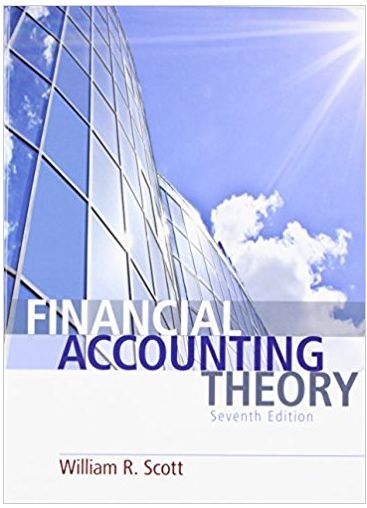In April 2005, the SEC announced settlement with Coca- Cola Company of charges of fraud and false
Question:
According to the SEC, in the first quarter of 1997 over 3.3 million extra gallons were pushed, generating additional revenue for Coca- Cola of $ 46.2 million for the quarter. Amount pushed increased over the two years, reaching 10.1 million gallons in the fourth quarter of 1999, generating almost $ 209 million in extra revenue for that quarter. Coca- Cola granted extended credit terms to its bottlers to assist them in carrying the excess inventory.
The result of these activities was to increase Coca- Cola’s quarterly earnings by 1 or 2 cents per share. This increase enabled Coca- Cola to meet analysts’ earnings per share projections in eight of the 12 quarters under investigation. However, by the end of 1999, Japanese bottlers’ inventories had risen to the point where additional gallonage could not be pushed. In January 2000, Coca- Cola announced a worldwide “inventory reduction” program to “optimum” levels. The company estimated that this would create a one- time reduction of earnings per share of 11 to 13 cents in the first two quarters of 2000, with about 5 cents of this reduction coming from Japan alone.
According to the SEC, Coca- Cola did not disclose the existence of the gallon- pushing program, its impact on earnings per share, or its likely impact on future reported earnings. The company was charged with violations of the U. S. Securities Act. Under the April 2005 settlement, Coca- Cola agreed, without admitting or denying liability, to remedial actions, including establishment of an Ethics and Compliance Office and a Disclosure Committee, close monitoring of any extended payment terms to customers, and adding an independent legal advisor experienced in securities law disclosure issues to its Audit Committee.
Required
a. Evaluate revenue recognition as an earnings management device. In your answer, consider both changes in the timing of revenue recognition to increase current revenue, and increasing current revenue by stuffing the channels. Give possible reasons why a firm may manage its reported earnings upward.
b. Explain why Coca- Cola had to increase the gallonage pushed over the 12 quarters in order to maintain a 1 to 2 cents per share increase of earnings per share each quarter.
c. Why did Coca- Cola undertake the “inventory reduction” program in 2000?
d. Coca-Cola Co. announced in December 2002 that it was discontinuing the provision of quarterly and annual earnings forecasts to analysts. Some other large public companies have taken similar action. Why would they do this?
Fantastic news! We've Found the answer you've been seeking!
Step by Step Answer:
Related Book For 

Question Posted:





